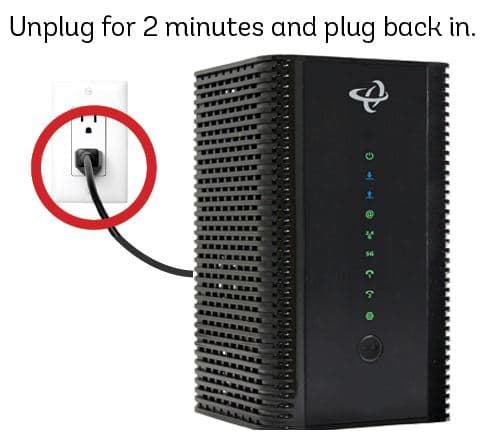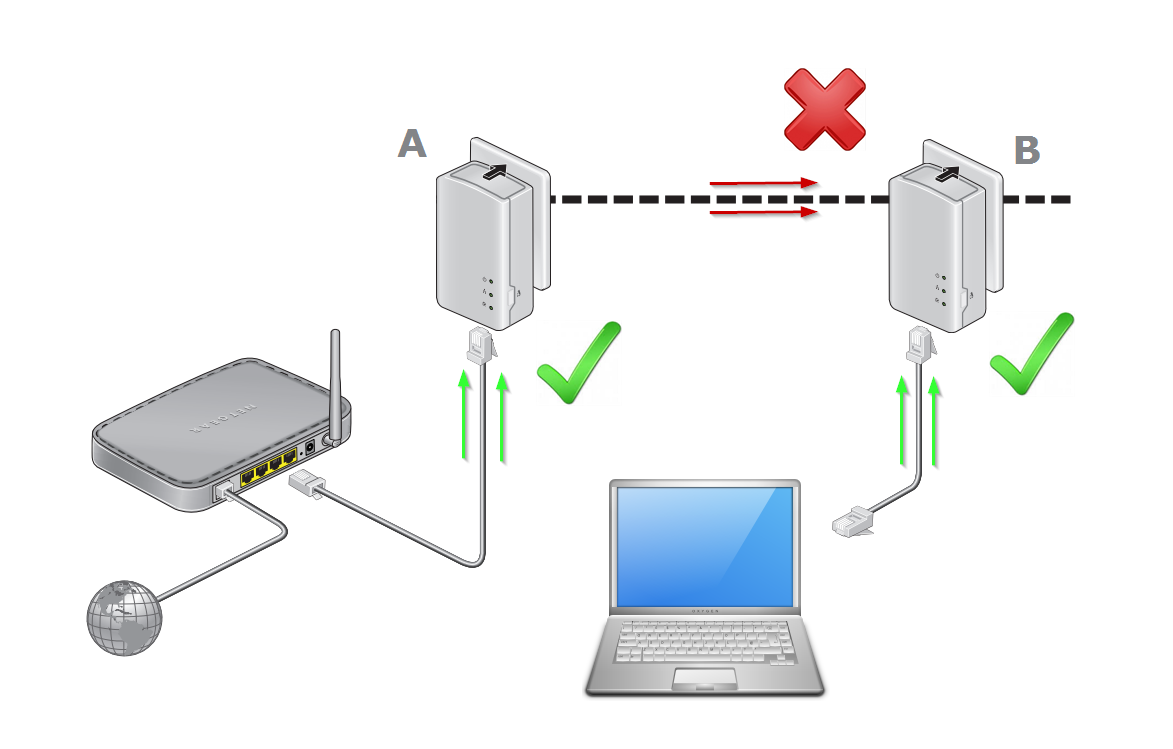Ethernet is a family of wired computer networking technologies commonly used in local area networks (LANs), metropolitan area networks (MANs), and wide area networks (WANs). It was commercially introduced in 1980 and first standardized in 1983 as IEEE 802.3. Over time, Ethernet has largely replaced competing wired LAN technologies such as Token Ring, FDDI, and ARCNET.
The Evolution of Ethernet
Ethernet has evolved to support higher bit rates, a greater number of nodes, and longer link distances while retaining much backward compatibility. The original 10BASE5 Ethernet used a thick coaxial cable as a shared medium. 10BASE2, which used a thinner, more flexible cable and was both less expensive and simpler to use, largely replaced this.
More modern Ethernet variants use twisted-pair and fiber-optic links in conjunction with switches. Over the course of its history, Ethernet data transfer rates have increased from the original 2.94 Mbit/s to the latest 400 Gbit/s.
Ethernet technology has evolved to meet new bandwidth and market requirements. In addition to computers, Ethernet is now used to interconnect appliances and other personal devices. Industrial Ethernet is used in industrial applications and is quickly replacing legacy data transmission systems in the world’s telecommunications networks.
Ethernet Cable History
At the Xerox Palo Alto Research Center, Bob Metcalfe created Ethernet in 1973, and thick copper coaxial-type cables supported it. The first version, 10BASE5, featured extremely stiff cable nearly a half-inch in diameter and was later joined by 10BASE2, using cable about half as thick and much more flexible.
In the late 1980s, the development of the Ethernet hub and later the switch allowed twisted-pair copper cables to become the primary medium for supporting Ethernet.
Ethernet cables have come a long way from the first standard Cat 3 to Cat 6A. Each category is capable of supporting different transmission speeds and distances. For instance, Category 6A—capable of supporting 10 Gb/s to 100 meters—was ratified in 2009 and remains the recommended medium for all new horizontal LAN deployments.
The Future of Ethernet
As the Internet of Things (IoT) continues to expand, placing an increasing number of devices on the network, advancements in technology are ensuring the continued relevance of copper cabling. One such advancement that is gaining traction in the enterprise sector is single-pair Ethernet.
Single-pair Ethernet is particularly suited for low-speed, low-power operational technology (OT) devices in the local area network (LAN), such as sensors and controllers used in building automation systems. It is designed to support up to 10 Mb/s to 1000 meters over a single-pair twisted cable and deliver from 7 to 52 W of single-pair Power over Ethernet (SPoE), depending on cable length.
Advantages of Single Pair Ethernet
Single-Pair Ethernet (SPE) technology is perfectly positioned to deliver significant cost savings, space reduction, greater coverage, and enhanced performance. It is ideal for infrastructure applications in mechanical and plant engineering, process technology, building infrastructure, and many more.
The key advantages of SPE include:
- Cost savings: The reduction in the amount and complexity of wiring can translate into significant cost savings.
- Space reduction: SPE uses only a single pair of wires to communicate data, which can contain an extra 1 or 2 pairs of wires to supply power to the end device, like a transmitter or valve positioner.
- Greater coverage: SPE can cover a distance of up to 1000 meters, which is significantly more than the 100-meter limit for four-pair Ethernet.
- Enhanced performance: SPE allows for simultaneous power supply to devices using Power over Data Line (PoDL).
Limitations of Single Pair Ethernet
While SPE offers numerous advantages, it also has some limitations:
- The first generation of SPE will be limited to a very slow 10Mbps Ethernet speed. This may seem like taking a step backward; 10Mbps Ethernet on twisted pair cable was the standard 30 years ago. However, the trade-off is distance.
- All the existing Ethernet on copper cable standards are based on four-pair cabling, which has a distance limitation of 100 meters as opposed to the 1000-meter limit for SPE.
Implementation Challenges of Single Pair Ethernet
Implementing SPE comes with its own set of challenges. For instance:
- Signals sent through multiple pairs need to be carefully synchronized so they all arrive at the far end within a tight time frame.
- Another challenge is that signals on each pair radiate enough noise to cause interference in the other pairs, which gets worse over distance. Using one pair eliminates these concerns.
Comparison to Other Ethernet Types
Compared to traditional Ethernet, SPE has many advantages in an industrial manufacturing setting:
- It uses only a single pair of wires to communicate data and may contain an extra 1 or 2 pairs of wires to supply power to the end device, like a transmitter or valve positioner.
- The reduction in the amount and complexity of wiring can translate into significant cost savings and increased data transmission speeds as opposed to traditional Fieldbuses.
Applications of Single Pair Ethernet
SPE is ideal for infrastructure applications in mechanical and plant engineering, process technology, building infrastructure, and many more. It is environment neutral, so field devices, sensors, and actuators can be easily integrated into an existing Ethernet environment. Additional gateways and interfaces are not required.
Unlike fieldbus protocols, Ethernet penetrates all automation levels. It is more consistent, efficient, and cost-effective than fieldbus systems.
The future of Ethernet lies in advancements like single-pair Ethernet, which offers significant benefits in terms of cost savings, space reduction, greater coverage, and enhanced performance. As the IoT continues to expand, technologies like SPE will play a crucial role in ensuring the seamless integration and operation of an increasing number of devices on the network.
Conclusion
Ethernet has become the backbone of our digital world, connecting devices and networks across the globe. Its evolution from a simple coaxial cable network to a complex system capable of supporting high-speed data transfer has revolutionized the way we communicate and share information.
As technology continues to advance in 2024, Ethernet will undoubtedly continue to adapt and grow, paving the way for a more connected future. Advancements like single-pair Ethernet demonstrate that even decades-old standards like Ethernet still have room to progress. With SPE and other innovations, Ethernet is poised to remain a vital networking technology for many years to come.







